
In last week’s article, I took a look at the best-performing Vintage deck lists on Magic Online and made a few generalizations about what was doing well in the online metagame right off the bat. Oath and Forgemaster MUD appeared to be the clear best performers right out of the gate, which I didn’t find surprising in the slightest. Both are extremely powerful strategies that are consistent and fairly easy to execute in a tournament.
In today’s article I am going to share some of the new Vintage decks that I have been working on and continue to investigate the intriguing online Vintage metagame.
In the past week Forgemaster MUD has continued to put up impressive finishes across the board and is still winning lots of daily events. While Oath may have trailed off the top of the board with regard to first-place finishes, it is still a deck that is powerful and continues to see lots of play and finishes toward the top of the rankings. I think it is safe to say at this point after nearly a month of tournament results that Forgemaster MUD is the deck to beat in the online metagame.
I have always been the type of Vintage player who likes to build a deck for a specific tournament. Vintage, like all formats, follows certain metagame cycles, and if one knows what to look for can be predictable and easy to take advantage of.
In this case, I would almost certainly build my decks for the online metagame to directly attack Forgemaster MUD. In the last article I gave a pretty big shot out to a 4-0 4c Humans deck that was maindecking the mondo combo of Ingot Chewer and Oath of Ghouls to really drive a stake into the heart of Forgemaster MUD opponents.
One aspect of the MTGO metagame that I believe is fairly consistent over time is that players tend to gravitate toward “the best deck.” Since there are so many tournaments going on ever day and around the clock, MTGO generates a lot of data that players can pore over and ultimately use to make generalizations about a format. When a deck is basically winning Daily Events at an above 50% clip (as is the case with Forgemaster MUD) over the course of a month-long span, it is very easy for players to get the equation correct.
Forgemaster MUD is the best deck in online Vintage. At least that is what the results seem to be suggesting to players from the get-go.
So, I would anticipate the following things happening over the course of the next few weeks. Since the results that MUD is putting up are pretty much undeniable, I would predict that even more players would begin gravitating toward picking up Mishra’s Workshop cards and taking Forgemaster decks into battle in the online Vintage Daily Events. If the deck is already a proven winner and even more players pick up on this fact and start playing the deck, there is a pretty good chance that Forgemaster MUD will (at least in the foreseeable future) continue to pick up steam, continue to dominate, and put up impressive numbers.
The key to exploiting a predictable metagame is to stay one step ahead of the pack and to use this information preemptively to gain an edge. If a person joins the pack and simply plays what the hive-mind is playing, in this case Forgemaster MUD, they will only be on the same page as every single other individual who acknowledges that MUD is at the top of the food chain and moves to play the “known best deck.”
In Vintage, the players who move against the known best deck first are almost always rewarded for their efforts.
It is not an uncommon occurrence in Vintage that for an extended period of time Mishra’s Workshop decks emerge as “the best deck” and put up dominant numbers for a month or two across the board in any given geographic metagame. I have taken it upon myself to write a “Vintage Year In Review Series” for several years in a row now, and one trend that always seems to happen is that Workshops (especially on the cusp of some major innovation within the archetype such as, Forgemasters, Dismembers, or Man Lands “terranova”) tend to become red-hot and tear off a nice streak of packing Top Eights and winning events.
However, following these Workshop hot streaks I have often found within the metagame cycle that Workshops often also reach a low-water mark and tend to do very poorly as the metagame over-adjusts and becomes more hateful toward artifact decks. Fortunately for Mishra’s Workshop decks, the power level of their cards is high enough that the archetype can weather basically even ridiculous amounts of hate so that it can never truly be hated out. The archetype can also always prey on certain metagame contenders such as Gush, Storm, and Delver that tend to be good against the slower decks that beat Workshops.
Thus, the metagame repeats itself and begins all over again.
It is clear to me that the online metagame is at a very high point for Mishra’s Workshop-based strategies, and that Forgemaster MUD is putting up numbers across the board that I would consider on the verge of dominant.
But a dominant deck is simply an opportunity waiting to be exploited.
Here are the two decks that I would likely sleeve up (or digitally sleeve up?) if I were to enter an online event.
Creatures (12)
Planeswalkers (2)
Lands (15)
Spells (31)

I can’t really imagine too many decks that would have a better Mishra’s Workshop matchup than something like this: Good removal for creatures and artifacts? Check. A full set of Trygon Predators? Check. Force of Will? Yep. Stoneforge Mystic and Batter Buddy? Check and mate.
I have played decks like this in Vintage tournaments before and have had a lot of success with them. While the deck may look specifically geared to beat Mishra’s Workshop decks, Midrange Bant also has a lot of tools that are good against a wide variety of other decks as well.
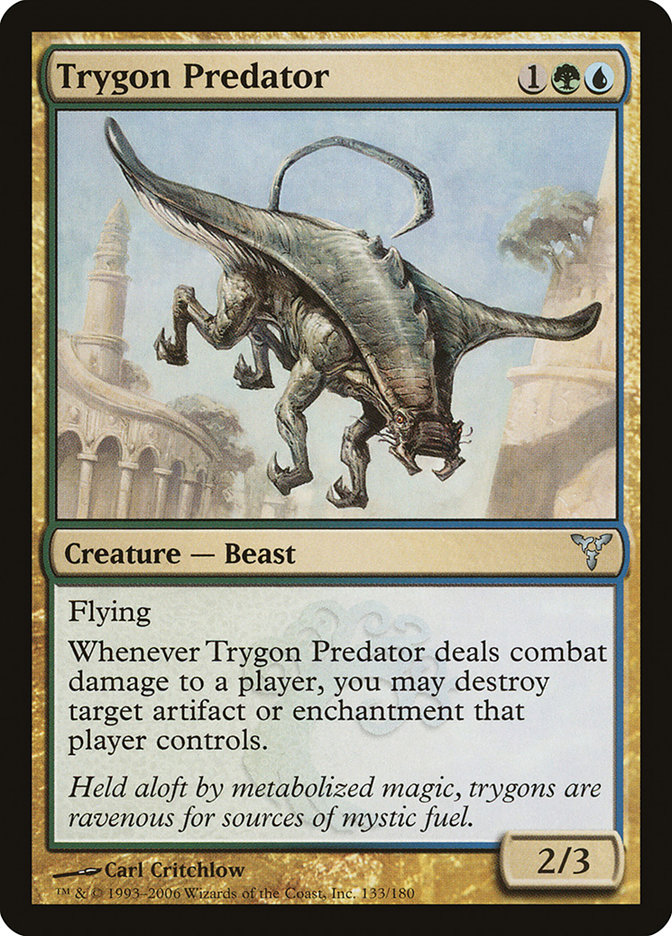
To the skies…
Trygon Predator backed up with cheap counterspells and Wastelands is an extremely effective way of subduing most opposing Vintage decks. Opponents cannot live very long in a world where their mana is being attacked on two different axes via Wasteland and artifact destruction ever turn. At the moment I would feel comfortable making the argument that Trygon Predator is actually the premiere Vintage threat, in that it ranges from being above-average to great in basically every single non-Dredge matchup.
I also love the fact that if it comes down to pre-empt an Oath of Druids and it basically forces an opponent to produce a removal spell before an Oath can do anything. Against control decks it is extremely annoying to have Shatter on an Isochron Scepter. Most importantly, Trygon Predator is the premiere cheap threat against any Mishra’s Workshop deck, and since Workshops are performing at such a high clip at the moment it leads me to believe that there out to be a lot more Trygon Predators patrolling the Vintage skies.
The only other deck that I can brew up that I think might actually be better in a Workshop-heavy field would be some kind of a Goblin Welder build. I posted a deck in my Vintage set review for Conspiracy, but since then have put a little bit more thought and effort into my build and think that it is much more battle-ready than before. In particular, after toying around with it in various Vintage lists, the one that I actually found him most beneficial in was a Time Vault combo deck!
Creatures (2)
Planeswalkers (2)
Lands (11)
Spells (45)
- 1 Brainstorm
- 1 Vampiric Tutor
- 1 Mystical Tutor
- 1 Yawgmoth's Will
- 4 Force of Will
- 1 Mana Vault
- 1 Wheel of Fortune
- 1 Sol Ring
- 1 Regrowth
- 1 Demonic Tutor
- 1 Hurkyl's Recall
- 1 Time Walk
- 1 Ancestral Recall
- 1 Mana Crypt
- 1 Timetwister
- 1 Time Vault
- 1 Gifts Ungiven
- 2 Burning Wish
- 1 Memory Jar
- 1 Thirst for Knowledge
- 3 Thoughtcast
- 1 Tinker
- 2 Voltaic Key
- 1 Black Lotus
- 1 Lotus Petal
- 1 Mox Emerald
- 1 Mox Jet
- 1 Mox Pearl
- 1 Mox Ruby
- 1 Mox Sapphire
- 1 Ponder
- 4 Mox Opal
- 2 Nihil Spellbomb
- 1 Fire

Steel City Vaults is one of my all-time favorite decks to play in Vintage. At the core, the deck is basically an aggressive card-drawing machine that tries to pair up Time Vault and Voltaic Key as quickly as possible by employing the power of the vast majority of the Vintage Restricted List!
The printing of Dack Fayden gives the deck a huge versatility bump, as the card is a game-winning threat in-and-of itself against Workshop decks because of its “Steal Artifact” ability, and also gives the deck another way to get Goblin Welder active and sift through unwanted lands and mana sources.
This version of Steel City Vaults is a little bit different from any others I have ever built or posted, but I think that many of the innovative card choices really play to the strength of the deck.
First of all, I wanted to really push the “Affinity for Artifacts” theme in this version. Not just because I am an avid fan of playing baby-battle-bots in Modern, but because I’ve really come to recognize how powerful cards like Mox Opal and Thoughtcast truly are.
In a deck like this where the Artifact requirement is turned up to eleven, Thoughtcast and Mox Opal become straight up all-star-type cards that are in many ways better than their restricted counterparts!
Adding Seat of the Synod was the first big innovation that helps to make Mox Opal a big winner.
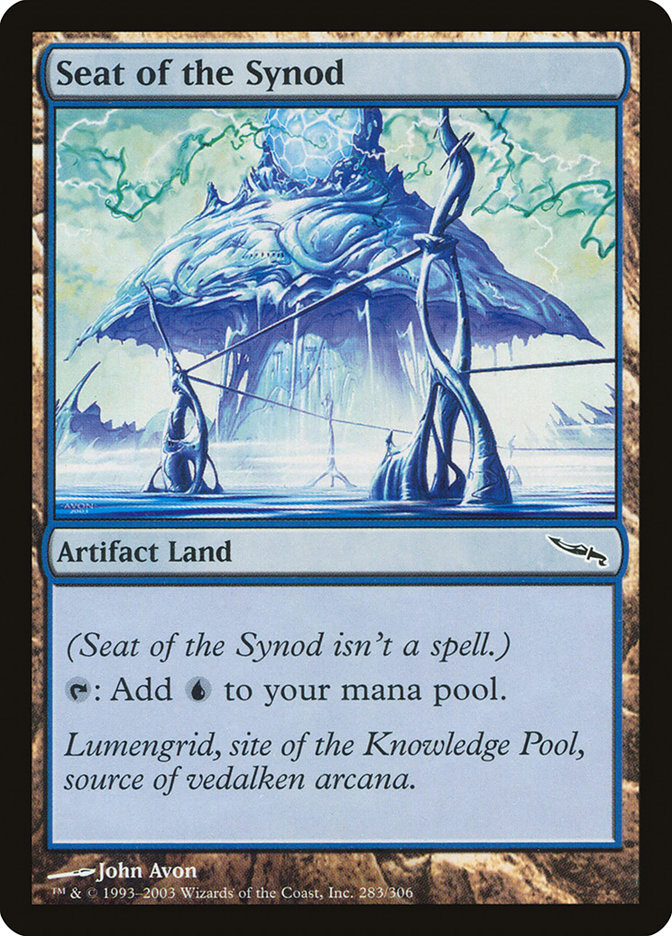
More artifacts, please.
Seat of Synod is one way to absolutely maximize getting three artifacts into play on the first turn in order to make Mox Opal immediately active. Three mana on turn one as often as possible is the overall goal with this deck.
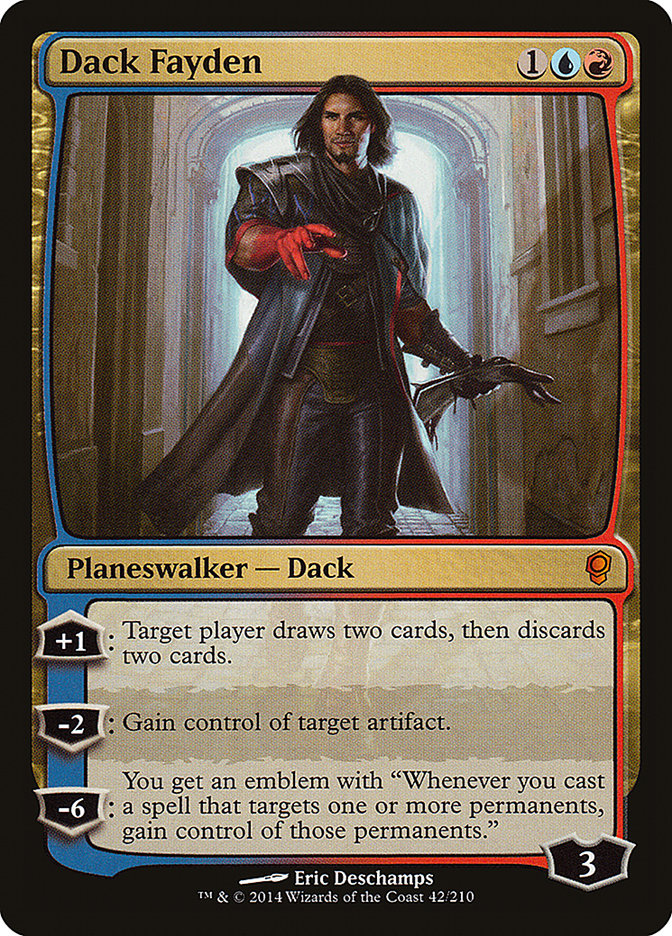
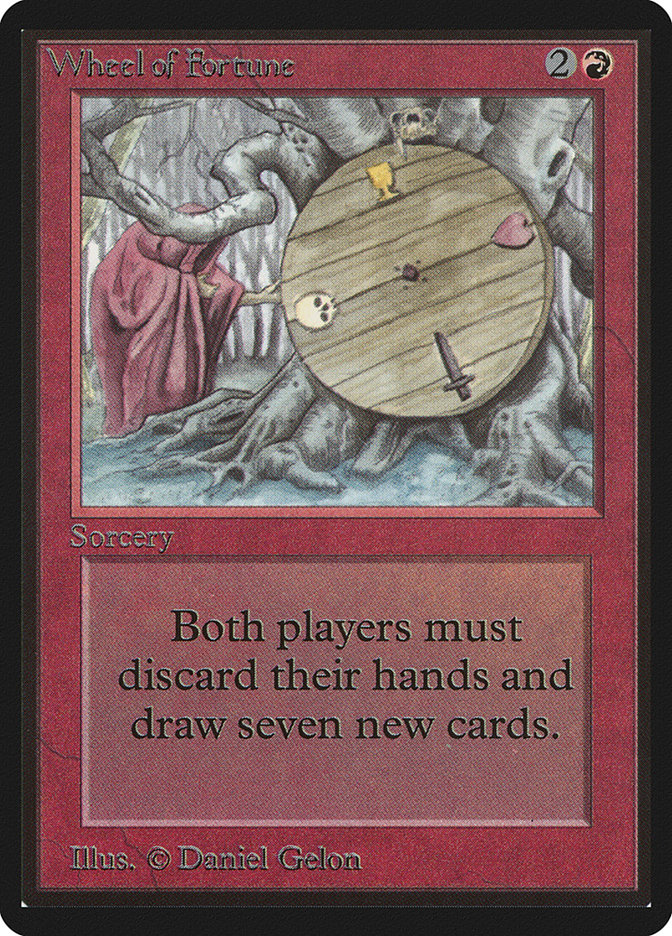
Three, Oh it’s the Magic Number…
The deck has so many “bomb” plays that cost three that winning the die role and making a three-drop play is often enough to simply win the game all by itself.
I also like that it means that this deck doesn’t actually need to play Jace, the Mind Sculptor in lieu of a victory condition for a couple of reasons. Firstly, because I am playing with a Mana Confluence, City of Brass, Seat of Synod, and Mox Opal five-color manabase, Jace’s “Brainstorm” ability is going to be at its absolute minimal effect. I have no way to shuffle, which makes Brainstorming kind of bad. (Well, as bad as Brainstorming can possibly be!)
Dack Fayden, on the other hand, gives me plenty of cool interactions that will allow me to win the game once I have created a Time Vault lock. Some of these routes may seem convoluted, but they do in fact matter over the course of a gigantic amount of games.
Dack Fayden’s +1 ability can mill my opponent out. If they have mana up, I can Burning Wish for a Mind Twist to knock out their last few cards so they can’t possibly draw into anything.
Dack Fayden’s Ultimate is actually relevant in this deck! Timetwister + Regrowth + Fire // Ice means that you can actually steal all of an opponent’s permanents! You say it doesn’t matter, but I won my win-and-in match to Vintage Championships years ago playing this deck with Regrowth, Timetwister, and Fire // Ice after an opponent had Jester’s Capped my Goblin Welders and Inkwell Leviathan. He thought I had no way to win, but he was wrong – there was indeed another Skywalker.
And, last but not least, if your opponent has an artifact creature you can obviously just steal it and win the game. For instance, if your opponent Tinkers out a Blightsteel Colossus, simply take it and bash them to death with it.
I love the way this deck takes away an opponent’s Tinker plan in a very real, hard way. Goblin Welders and Dack Fayden to help fight against opposing artifacts!
I also added a couple of copies of Burning Wish which I have really been liking in many of my playtesting games. It is pretty sick to be able to win with Tendrils of Agony on turns where you’re going off, because let’s face it, Abrupt Decay is a pretty big thing.
However, the cards that I have been wishing for the most are Balance and Vandalblast.

AND NOW THINGS ARE FAIR.
Balance is an insane tutor target in this deck and I have often found myself tutoring for Burning Wish to go and get my Balance. The Mox Opal’s really skew the amount of artifacts that sit in play for this deck, which in turn makes Balance really backbreaking for opponents – especially ones who are playing with creatures.
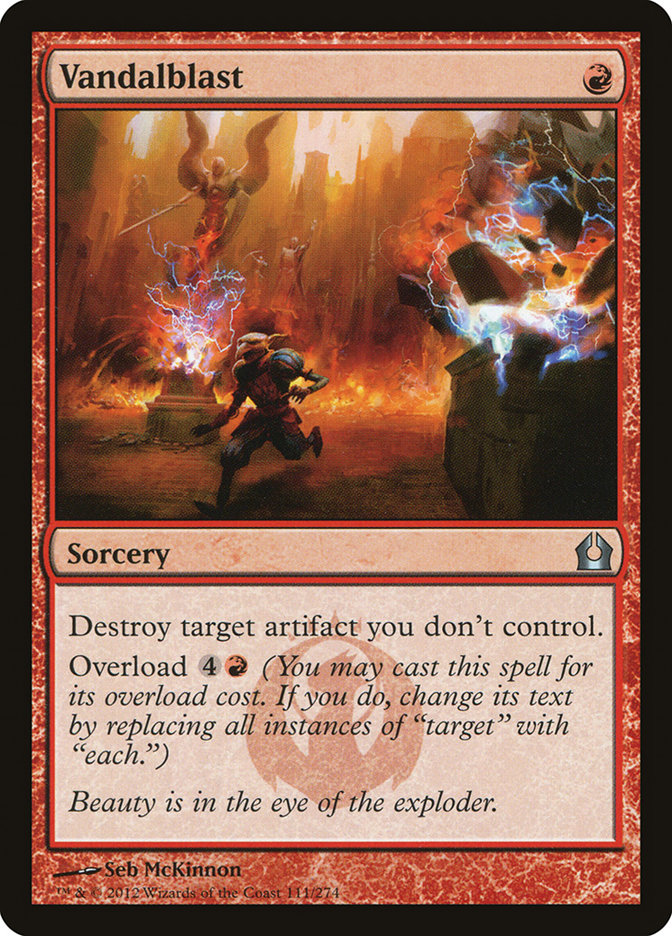
Vandalizing some workshops.
The deck produces such absurd quantities of mana that tutoring up and Overloading Vandalblast really hasn’t been much of a problem in most of my games against Mishra’s Workshop. Since this deck doesn’t actually need to storm off to beat Workshops, and can instead win piece by piece, it tends to have a favorable matchup in the long run.
Sure, sometimes they have draws where you just literally can’t win on the draw, but that is basically true of every single deck in Vintage.
For certain, the emergence of a more clearly-defined online metagame for Vintage has really inspired me to start building and tuning new decks and exploring brews that could become potential players in the format moving forward. As I have demonstrated with these two brews in this week’s article, I think that being strong against Mishra’s Workshop decks is going to be extremely important for Vintage over the next few weeks as Workshops have already demonstrated that they have the pedigree to emerge as the premier strategy in the online metagame.
I would strongly encourage players to brew their own decks for Vintage but to do so with the mindset that, whatever a player brews, Rule #1 is that a deck has to be built around fighting against Forgemaster MUD.
Whether you are battling online or IRL Vintage, good luck beating mono-brown down!

